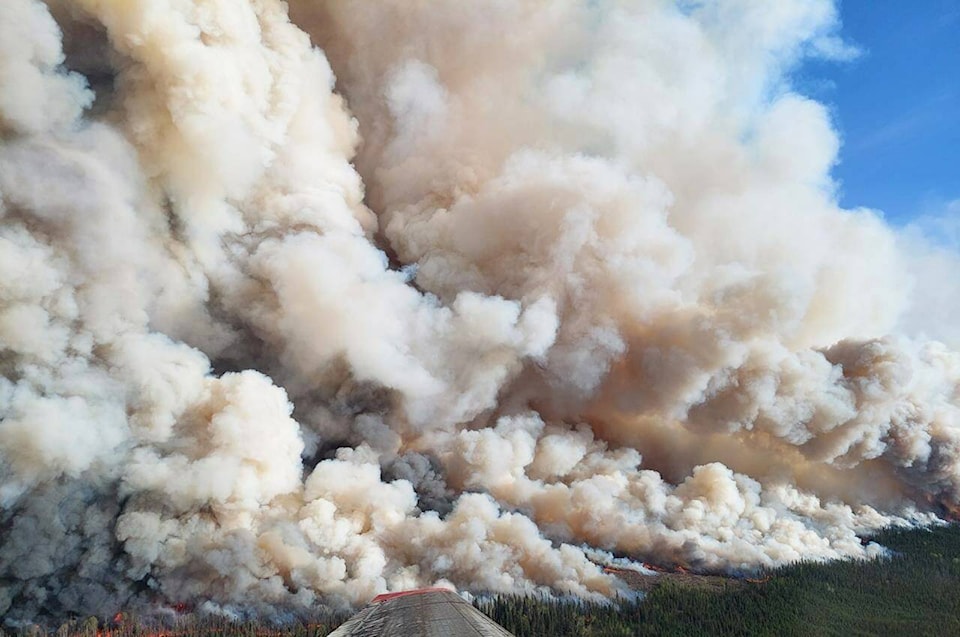Wildfire season has started early for Metchosin.
So far the rural community has had four brush fires, mostly away from roads and structures. A couple have stemmed from open burns which, even after being extinguished, have secretly embedded themselves in the root system, unbeknownst to the person who started the fire.
Once there, they can stay dormant for weeks, according to Metchosin Fire Chief Stephanie Dunlop. In the right conditions, that fire can restart sometimes as much as 30 feet away from the initial fire.
Dunlop said they usually see fires start like that once or twice a year, but have already seen at least a couple brush fires this year where that was the likely cause.
Open burning has been banned since May 18, with campfires banned starting June 8, but Dunlop said best practises are to avoid doing burns on grassy fields or in the woods where there are lots of roots, and to do fires at least 30 feet away from any structures. Any fires should be done on a non-combustible surface like gravel.
Elsewhere, much of Canada is in the grips of a roaring wildfire season. As of this writing, there are nine active fires in the coastal region of B.C., while 68 fires have happened so far this year.
Along with other departments in Greater Victoria, Metchosin has sent volunteers to fires elsewhere in Canada. Seven volunteers have already been on deployments to fires in Fort St. John and Tumbler Ridge, something that doesn’t normally happen with so few pages turned on the calendar.
“We don’t normally deploy even in July, last time was 2018, last year it was in August. But to deploy in June is crazy,” said Dunlop, speaking on her way to Alberta to assist with a wildfire in the province.
She added Metchosin’s department is in good stead to handle deployments to the mainland, as it has a full roster of volunteers and strong mutual aid ties with neighbouring departments.
The department is also pushing for people to sign up to its various alert systems. Dunlop estimates there are 1,300 households signed up to one of the services, around 80 per cent of those in the district.
A test message will be sent out to those who have signed up on June 24.
READ MORE: Feds warn 2023 on track to be the worst fire season ever seen in Canada
READ MORE: Central Saanich deploys first crew to assist with wildfires
